Python
Medium
385
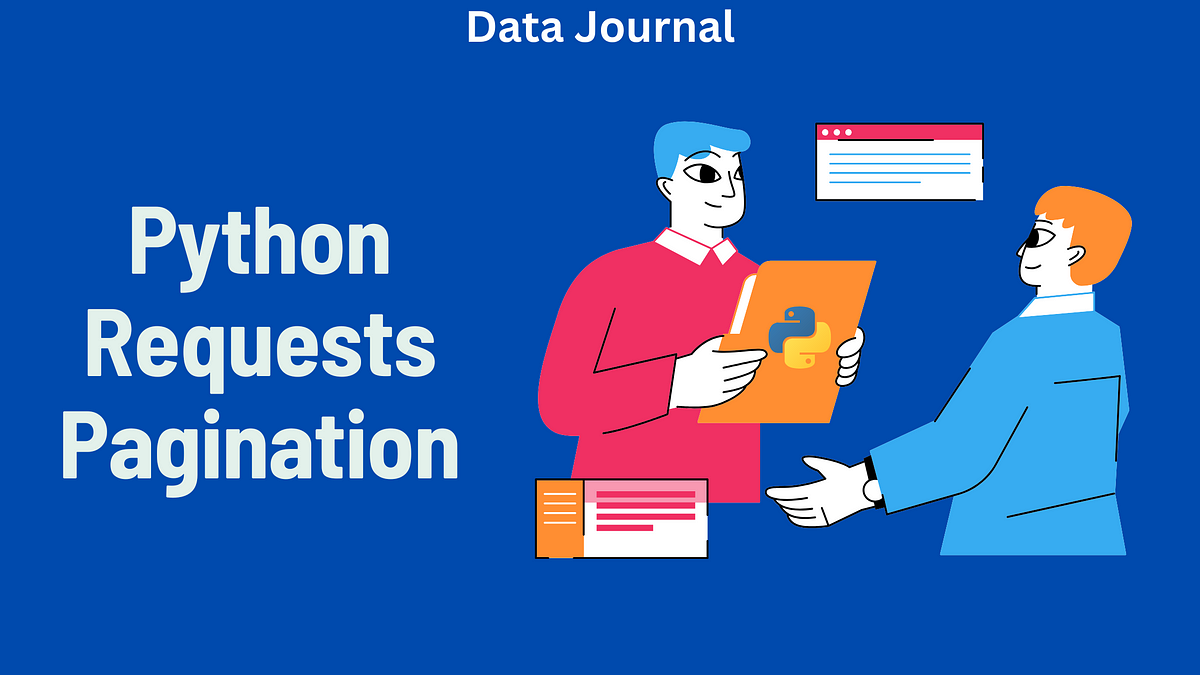
Image Credit: Medium
Python Requests Pagination to Scrape Multiple Pages
- Web scraping involves extracting data from websites using Python libraries like requests and BeautifulSoup.
- Handling pagination is crucial for scraping websites that split content across multiple pages.
- Python's requests library struggles with dynamic content loading, where a scraping browser can be more effective.
- Understanding pagination types like page numbers, 'Next' links, infinite scroll, or 'Load More' buttons is essential.
- To scrape paginated pages, you need tools like requests and BeautifulSoup for parsing HTML.
- Scraping a paginated website involves analyzing the website structure, finding pagination elements like
- Functions can be created to scrape individual pages, follow 'Next' links for pagination, and handle infinite scroll scenarios.
- Monitoring network requests using browser tools helps understand how to fetch additional content for infinite scroll or 'Load More' button.
- Scraping multiple pages efficiently involves iterating through pages by changing URLs for each page or simulating infinite scroll requests.
- Python libraries enable automation of scraping tasks, but it's important to adhere to website terms of service and avoid overwhelming servers.
Read Full Article
23 Likes
Dev
947

Image Credit: Dev
Why I Like Building with Python and AI 🚀
- Debottam Ghosh, a 13-year-old developer, shares his passion for Python and AI.
- Python is the language that clicked for him and he has completed courses on programming with Python and AI from Harvard University.
- He has worked on projects like 15-Puzzle Solver, Homework Tracker, and Scam Detector, which taught him about problem-solving and the potential of AI.
- Debottam's future vision includes working on AI research, contributing to cutting-edge technology, and building projects that have a positive impact.
Read Full Article
20 Likes
Dev
74
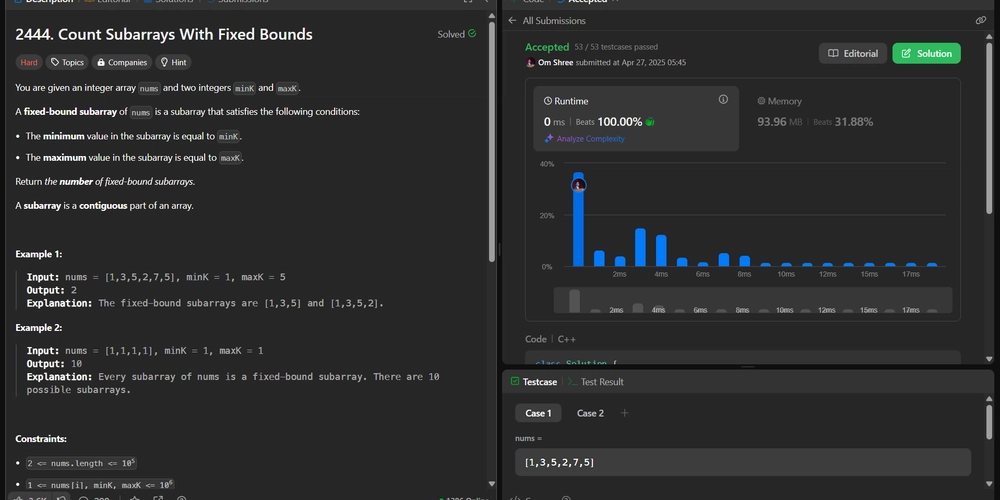
Image Credit: Dev
Beginner-Friendly Guide to Solving "Count Subarrays With Fixed Bounds" | LeetCode 2444 Explained (C++ | JavaScript | Python)
- The article provides a beginner-friendly guide to solving the "Count Subarrays With Fixed Bounds" problem on LeetCode, focusing on arrays, sliding window, and greedy algorithms.
- It explains the problem of counting contiguous subarrays with specific minimum and maximum elements and offers a step-by-step approach to tackle the problem efficiently.
- The initial approach involves a naive brute-force method, which is inefficient for larger arrays, prompting the need for a smarter solution.
- Key observations during array scanning help optimize the solution by ignoring elements that do not meet the criteria and tracking the latest occurrences of the minimum and maximum elements.
- The visual walkthrough illustrates how to identify valid subarrays, enhancing understanding of the problem-solving strategy.
- The code strategy involves looping through the array, updating positions, and calculating the valid subarrays efficiently.
- The time complexity is O(n) for a single pass through the array, with O(1) space complexity due to no extra data structures.
- Full working solutions are provided in C++, JavaScript, and Python, showcasing the implementation of the optimized approach.
- Final takeaways include the importance of immediate element reset on going out of bounds and continuous tracking of minimum and maximum element occurrences.
- The problem teaches pattern recognition, window management, and greedy optimizations essential for advanced coding interviews.
Read Full Article
4 Likes
PlanetPython
165

Image Credit: PlanetPython
The Python Coding Stack: Demystifying Decorators ��� Parts 3 to 7
- The Demystifying Decorators series provides a comprehensive understanding of decorators in Python, progressing step by step from beginner to advanced concepts.
- The article delves into Parts 3 to 7 of the series, covering different aspects and complexities of decorators.
- In Part 3, the usage of decorators with the @ notation is explained, emphasizing the significance of inner functions in decorators.
- Inner functions in decorators can perform additional tasks before and after calling the original function.
- The benefit of using the @ notation is highlighted, demonstrating a convenient shortcut for decorating functions.
- Part 4 introduces a 'Limit Uses' decorator example, showing how to restrict the number of times a function can be called.
- Issues related to local variables within decorators are addressed, emphasizing the importance of using nonlocal keyword when necessary.
- Part 5 explores decorators with parameters, introducing a decorator factory concept to create decorators with varying limits on function uses.
- The transition from function-based decorators to class-based decorators is discussed in Part 6, illustrating the use of a class as a decorator.
- The final section, Part 7, touches on decorating classes using functions to add missing functionalities like __repr__ methods.
Read Full Article
9 Likes
Discover more
Medium
422

Image Credit: Medium
The Intersection of NLP and Career Success: How Python Can Analyze Your Work Persona
- Understanding your work style is essential for success in your career path.
- A tool has been developed to analyze work traits, communication styles, and motivational drivers.
- The tool uses Python, HuggingFace API, Threading, and dotenv to process and analyze text inputs.
- The tool helps individuals and organizations understand work preferences and match them with suitable workplace cultures.
Read Full Article
25 Likes
Medium
325
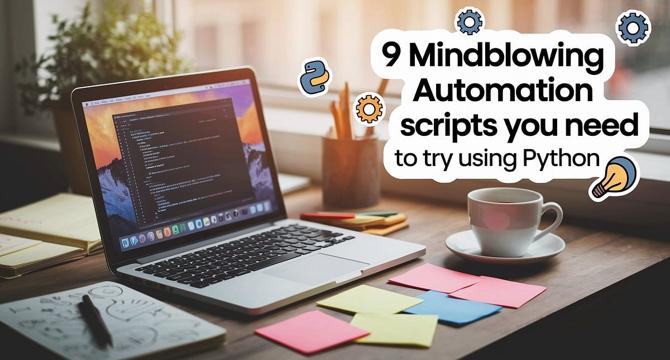
Image Credit: Medium
9 Mind-Blowing Automation Scripts You Need To Try Using Python
- Python is a powerful tool for automation.
- Writing simple scripts can help fix daily annoyances and save time.
- One example is a Python script that fetches news headlines and reads them aloud for a more convenient morning routine.
- Required libraries for this script include pyttsx3 and requests.
Read Full Article
19 Likes
Dev
142
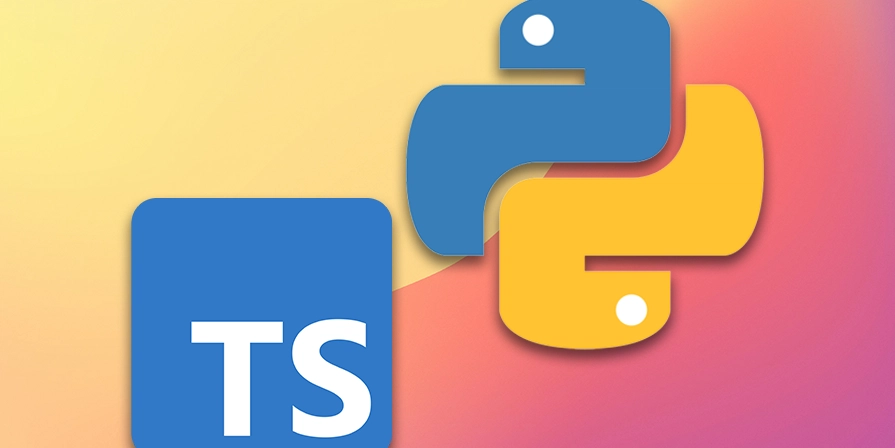
Image Credit: Dev
Use TypeScript instead of Python for ETL pipelines
- This article explains constructing an ETL pipeline in TypeScript for fetching weather data from OpenWeatherMap API and COVID-19 statistics from GitHub, transforming them, and loading into a PostgreSQL database using Prisma.
- TypeScript provides static typing and async/await for clearer API interactions and error handling, minimizing runtime errors from external data inconsistencies compared to dynamically typed languages like Python.
- The project setup involves configuring a Node.js project with TypeScript, installing necessary libraries for HTTP requests, scheduling, CSV parsing, and database interactions using npm.
- The extraction phase fetches data from APIs and CSV, ensuring type-safe results through interfaces and runtime validations, leveraging TypeScript's async/await model for consistent and readable asynchronous code.
- Data transformation ensures a coherent schema before database loading, utilizing TypeScript interfaces and runtime validations to catch API data changes early in the process.
- Loading data into PostgreSQL with Prisma involves defining database schema, generating Prisma client, and executing type-safe database operations for secure data insertion.
- Testing the ETL pipeline involves setting up a PostgreSQL instance, configuring environment variables, running migrations, and orchestrating the ETL process to verify correct data loading and retrieval.
- Automating the ETL pipeline with TypeScript entails using node-cron to schedule task execution periodically, integrating extraction, transformation, and loading steps into a scheduled job for automated data processing.
- TypeScript's benefits over Python for ETL pipelines include static type checking, streamlined data transformation, consistent development environment, and cleaner async/await model, resulting in a more maintainable and reliable pipeline.
- The article serves as a proof of concept for utilizing TypeScript in ETL pipelines, offering a unified stack and reduced debugging overhead compared to Python-based workflows.
Read Full Article
8 Likes
Dev
257
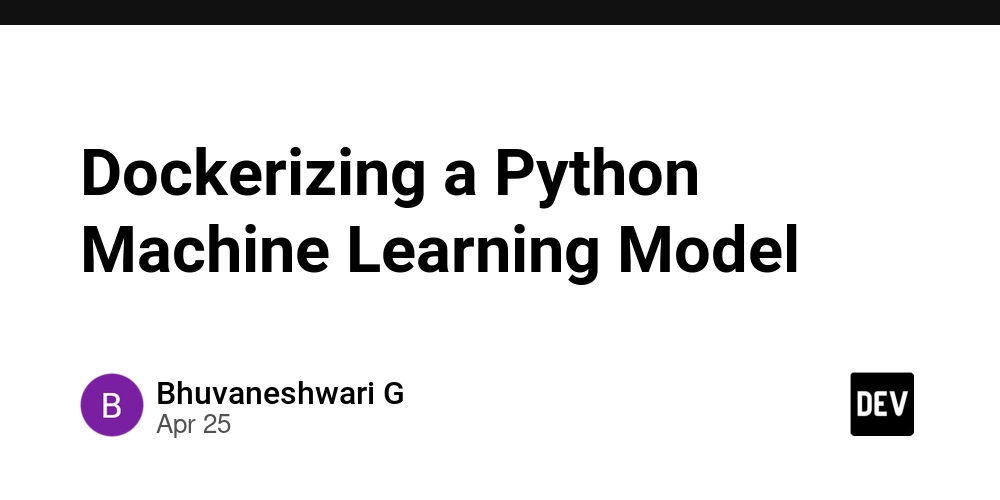
Image Credit: Dev
Dockerizing a Python Machine Learning Model
- In this blog, I’ll walk you through how to create a Python model using the Iris dataset, train it, and then Dockerize it for deployment.
- Step 1: Training the Model
- Step 2: Dockerizing the Model
- Step 3: Flask API for Prediction
- Step 4: Building and Running the Docker Image
Read Full Article
15 Likes
Dev
33

Image Credit: Dev
Python for Biotech Students: What to Learn First and Why
- Python is widely used in biology-related fields and is valuable for biotech students as it helps with research, bioinformatics, and data analysis.
- Key reasons to learn Python as a biotech student are: analyzing DNA, RNA, and protein sequences, visualizing biological data, automating tasks, and opening up career opportunities in bioinformatics, computational biology, and health data science.
- The recommended beginner topics to start with in Python for biotech students are: variables and data types, loops and conditions, functions, file handling, and libraries for biotech such as Biopython, Pandas, and Matplotlib/Seaborn.
- It is important to practice with simple bio examples, avoid jumping to advanced topics too soon, not ignoring biology while learning to code, and actively trying things by yourself rather than just watching videos.
Read Full Article
1 Like
Medium
19

Image Credit: Medium
How to Use Python UV for Lightning-Fast Dependency Management
- UV is a next-generation Python package manager that aims to streamline dependency management.
- It is written in Rust and is significantly faster than traditional tools like pip.
- UV reduces conflicts and errors with its modern resolver and supports PEP 508 and PEP 621.
- UV focuses on managing dependencies and environments, making it a go-to solution for faster Python setup.
Read Full Article
1 Like
Medium
284
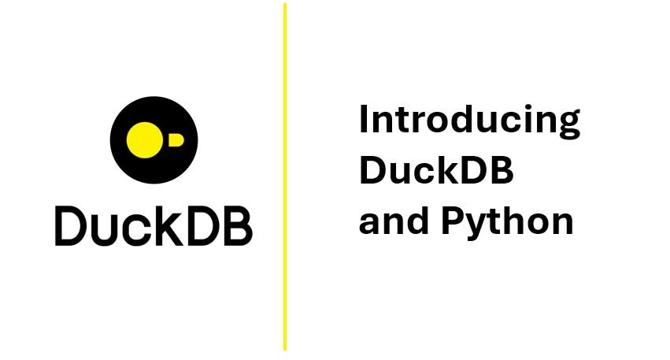
Image Credit: Medium
Introducing DuckDB and Python
- DuckDB is a lightweight, fast, and SQL-friendly database that integrates with Python.
- It provides speed and flexibility without the need for setup or dependencies.
- DuckDB is designed for OLAP workloads, supporting complex queries on large datasets.
- It runs inside the Python program, eliminating the need for a server and allowing direct data reading and vectorized execution.
Read Full Article
17 Likes
PlanetPython
399
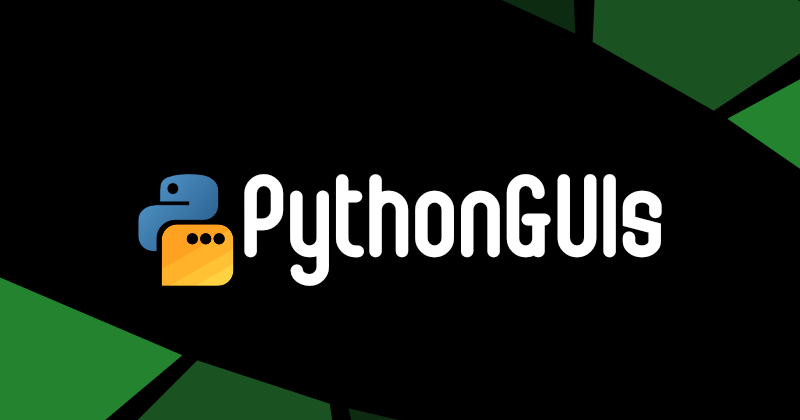
Image Credit: PlanetPython
Python GUIs: Building a Currency Converter Application using Tkinter ��� Convert between currencies with ease
- This tutorial guides you on creating a currency converter application using Python and Tkinter, allowing users to convert between currencies with real-time exchange rates.
- You set up the environment by creating a project folder, setting up a virtual environment, and installing the requests library for HTTP requests.
- The free Exchange Rate API is used to retrieve exchange rate information and facilitate currency conversions in the application.
- The project structure includes folders for images and the main Python script.
- You start building the GUI by adding widgets such as labels, combo boxes, entry field, result display, and conversion button.
- Interacting with the API involves setting up the API key as an environment variable and making requests to fetch currency data.
- The get_currencies() method populates the combo boxes with available currency options retrieved from the API.
- Implementing the convert() method handles the currency conversion process based on user input and API responses.
- The application effectively converts amounts between selected currencies and displays the results accurately.
- You are encouraged to enhance the app's usability by adding features like favorite conversions, standard amount buttons, or historical value display using the API.
Read Full Article
24 Likes
Dev
258

Image Credit: Dev
Dockerize a Python ML Model and push in GitHub(With Steps + ScreenShots)
- Git Workflow summary steps:
- 1. Checkout to main branch
- 2. Create a new feature branch
- 3. (Optional) Add a branch through GitHub UI
- 4. Check current branches
- 5. Check status of changes
- 6. Add all changes
- ... (More steps are present)
- Docker commands summary steps:
- 1. Check Docker version
- 2. Create a Dockerfile in your project
- 3. Build Docker image
- 4. List Docker images
- 5. Push Docker image to DockerHub
- 6. Open Docker Desktop to view images and containers
- ... (More steps are present)
Read Full Article
15 Likes
PlanetPython
362
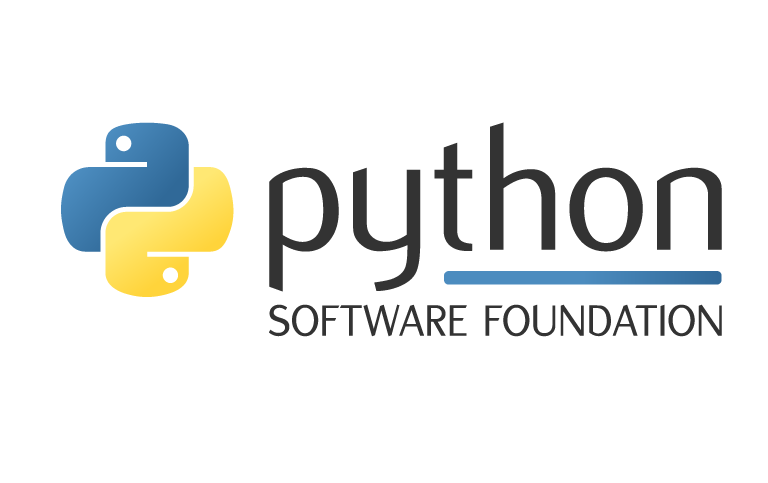
Image Credit: PlanetPython
Python Software Foundation: 2025 PSF Board Election Schedule Change
- The Python Software Foundation (PSF) has announced a schedule change for the 2025 PSF Board Election.
- The nomination period and voting will now take place around the August to September timeframe.
- This change is intended to provide more time for nominees to campaign and to better accommodate PSF Staff availability.
- Detailed election schedule will be published in June and the Python community is encouraged to consider running for a seat on the PSF Board.
Read Full Article
21 Likes
Dev
381

Image Credit: Dev
Run Your Own AI: Python Chatbots with Ollama
- Building Python chatbots with Ollama allows for running smart assistants locally, avoiding cloud dependency and privacy concerns.
- Local LLMs keep data on your machine, ideal for sensitive data and providing control over model behavior.
- Python's readability and vast AI library ecosystem make it suitable for integrating with LLMs like llama-cpp-python and langchain.
- Prerequisites include Python 3.8+, 8GB+ RAM, basic Python knowledge, and optionally a GPU for faster processing.
- Setting up a local LLM involves downloading Ollama, choosing a model like 'Llama 3.2 3B', and running it using commands.
- Creating a chatbot involves coding in VS Code, setting up a virtual environment, and installing required packages like langchain and ollama.
- After setup, testing chatbot responses, improving user-friendliness with templates, and handling conversations efficiently are key steps.
- The provided Python code snippets demonstrate how to enhance the chatbot interface, handle conversations, and leverage AI models effectively.
- By following the guide, users can develop functional chatbots using LLMs locally, gaining practical experience in integrating AI models into applications.
- The tutorial offers a gateway to further AI innovations, encouraging users to expand chatbot capabilities with memory, voice recognition, GUIs, APIs, and databases.
Read Full Article
22 Likes
For uninterrupted reading, download the app